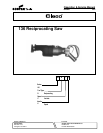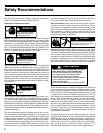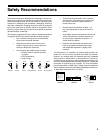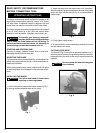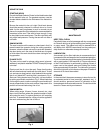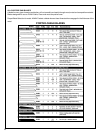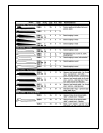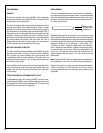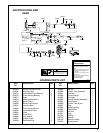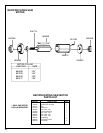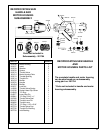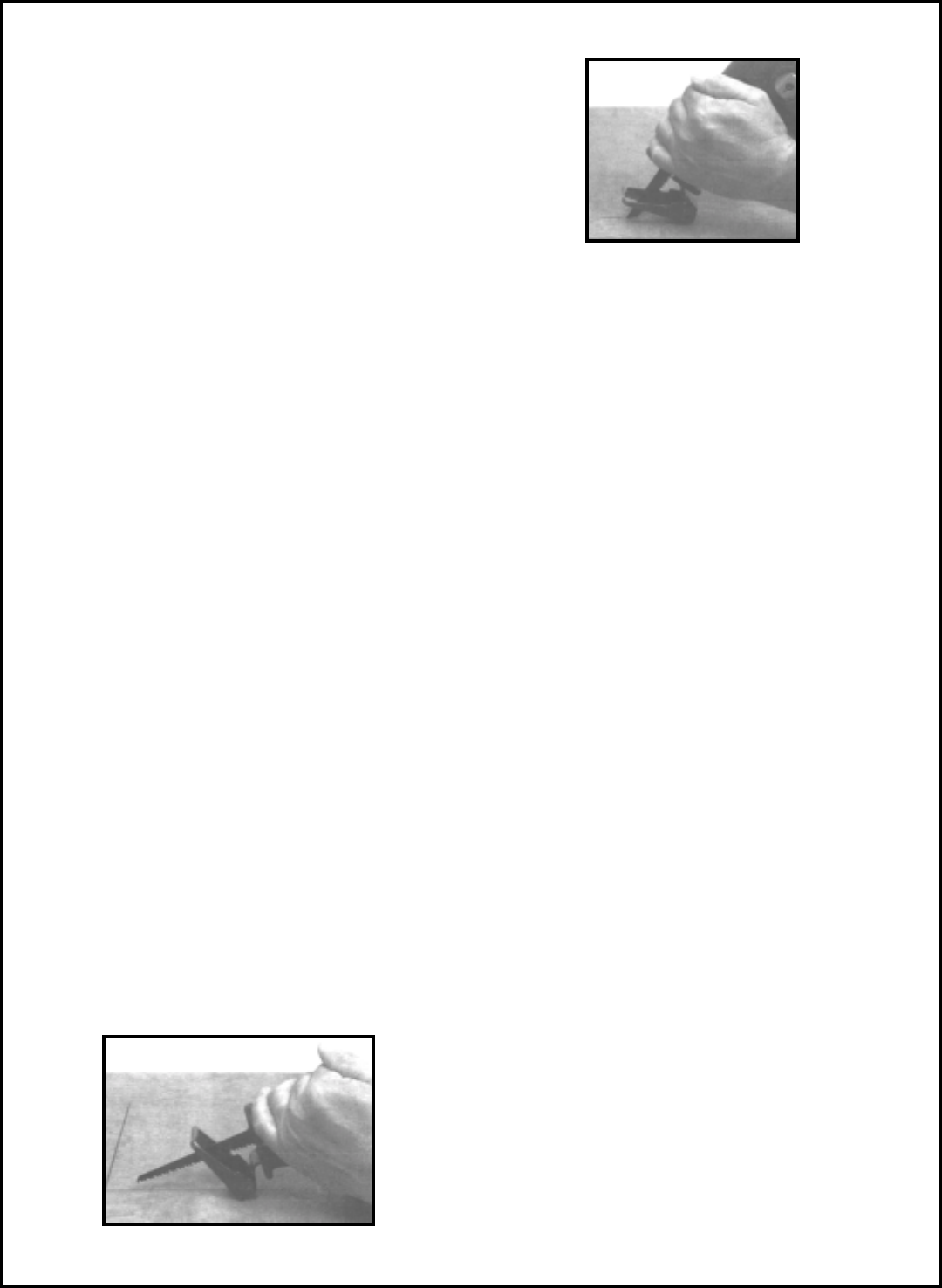
5
USING THE SAW
STARTING WORK
Consult the Blade Selector Charts for the blade best suited
for the material to be cut. For greatest economy, use the
shortest blade suitable for the thickness of the material to
be cut.
Be sure the material to be cut is rigid. Small work pieces
should be securely clamped in a bench vise or to a work
table. As the work progresses in scroll or curved cut-out
pieces, the material may be adjusted to accommodate the
movement of the saw. If the work is large enough, it may
be hand held across saw horses. The saw cuts freely with
only slight feed pressure. Forcing the saw will not make it
cut faster.
SAWING WOOD
The saw is used much the same as a hand saw in that it is
moved toward the operator during the cutting operation.
However, since the blade cuts on the up-stroke instead of
the down-stroke as in the case of the hand saw, the good
or finish side of the work should face down during the cut-
ting operation.
PLUNGE CUTS
The saw can be used for plunge cutting wood, plywood,
wallboard, and plastic materials. DO NOT attempt to plunge
cut metal.
Clearly mark line of cut on the work. Grasp front housing
with one hand and rear handle with the other hand. To start
cut, rest saw on shoe bracket, align blade with the marked
line of cut, (blade NOT touching work), as shown in Fig. 4.
Start saw. Using bracket as a pivot point, roll saw forward
by raising rear handle, as shown in Fig. 5. When blade has
cut through the work, continue raising the rear handle until
saw is perpendicular to the work surface. Keep saw in this
position and move blade along line of cut.
SAWING METAL
When cutting angle, H-beam, I-beam, channel, etc., start
the cut on the surface where the greatest number of teeth
will contact the work. To make a pocket cut, drill a starting
hole first. To extend blade life, cutting oil can be applied to
the work surface along the line of the cut.
Fig. 4
Fig. 5
MAINTENANCE
KEEP TOOL CLEAN
Periodically blow out all air passages with dry compressed
air. Remove build up of grime resulting from working green
or sappy wood. The rubber boot may be cleaned with a
soft damp cloth. NEVER use solvents, as they could pos-
sibly dissolve or otherwise damage the material.
LUBRICATION
An automatic in-line filter-lubricator is recommended as it
increases tool life and keeps the tool in sustained operation.
The in-line lubricator should be regularly checked and filled
with a good grade of 10W machine oil. Proper adjustment
of the in-line lubricator is performed by placing a sheet of
paper next to the exhaust ports and holding the throttle
open approximately 30 seconds. The lubricator is properly
set when a light stain of oil collects on the paper. Excessive
amounts of oil should be avoided.
STORAGE
In the event that it becomes necessary to store the tool for
an extended period of time (overnight, weekend, etc.), it
should receive a generous amount of lubrication at that
time and again when returned to service. The tool should be
stored in a clean and dry environment.



